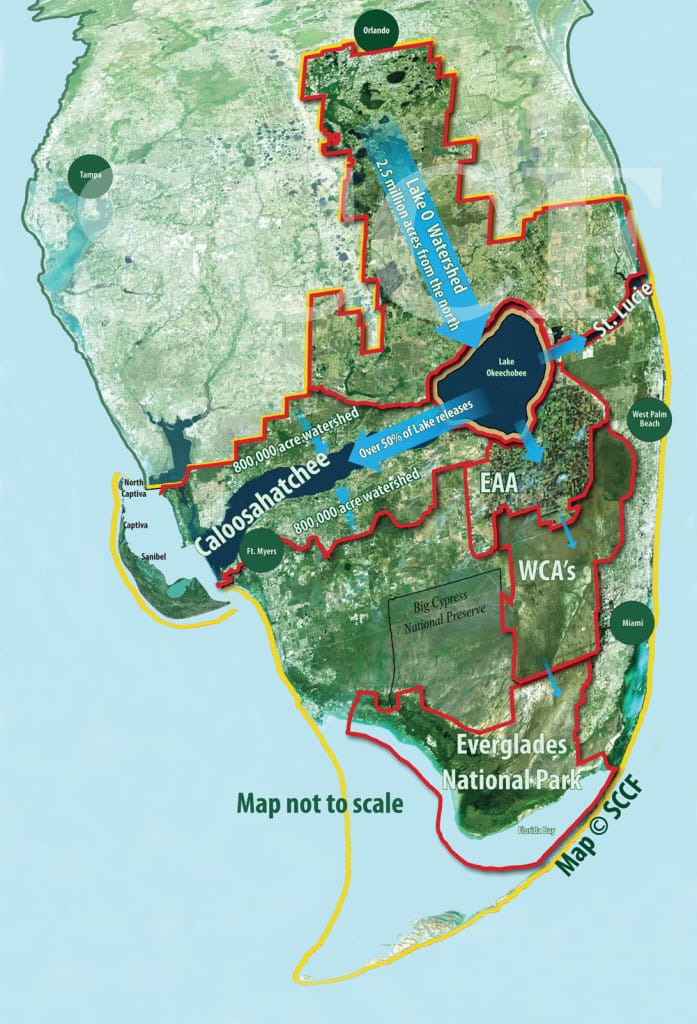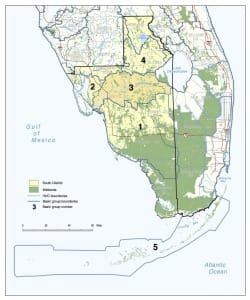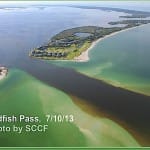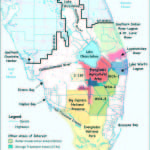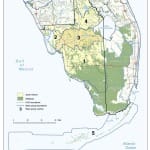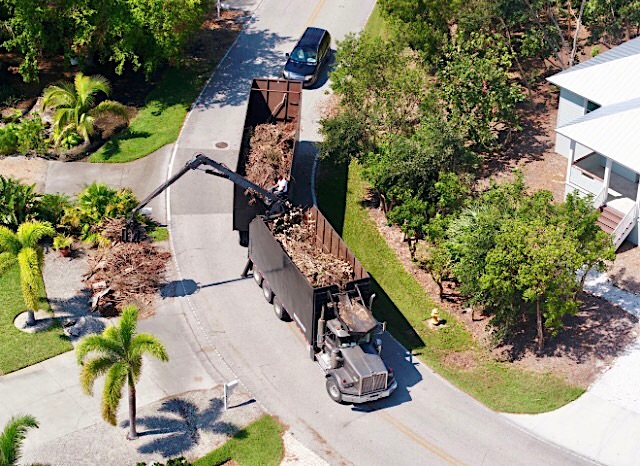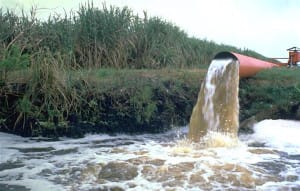
Sanibel Red Tide, Sierra Club Opposes Back Pumping Into Lake Okeechobee. Photo Courtesy Of Sierra Club.
Stopping Polluted Discharges From Lake Okeechobee Isn’t Rocket Science.
“The solution to the ongoing, vast discharges of polluted water is not rocket science.
Competent engineers and hydrologists have proposed a solution that is expensive but achievable in a relatively short period of time.”
Two additional good pieces on a path forward on Lake Okeechobee.
The Sanibel-Captiva Conservation (SCCF) issued a news release with a very good and Nathaniel Reed, of Jupiter Island, former undersecretary of the U.S. Department of the Interior and vice chairman of The Everglades Foundation, wrote an opinion piece in TCPalm.
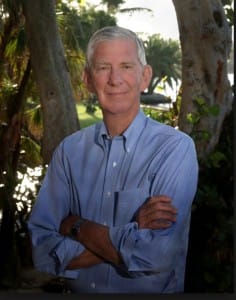
Nathaniel Reed, Former Undersecretary Of The U.S. Department Of The Interior And Vice Chairman Of The Everglades Foundation. Courtesy Of Nathaniel Reed.
Reed writes the “solution to the ongoing, vast discharges of polluted water is not rocket science. Competent engineers and hydrologists have proposed a solution that is expensive but achievable in a relatively short period of time.
… Excess water from the lake must be flowed south, possibly through one of the existing major canals, delivering the flood of water into a major reservoir. The size — acreage — of the reservoir is dependent on how much land can be acquired. The more land, the less expensive the dike will cost to contain the millions of gallons of the lake’s excess water.” For the complete article, please see TCPALM.
The SCCF news release and map are consistent with Reed’s view.
“[T]he state of Florida has issued orders that allow the state operational flexibility in managing water. The U.S. Army Corps is also seeking a deviation to open up the bottom of the system to move more water south under Tamiami Trail through the Shark River Slough.
With over saturated conditions throughout the system, it will take time to move enough water south to reduce discharges to the Caloosahatchee and St Lucie estuaries but these operational changes represent an incremental step in “pulling the plug at the at the bottom of the system” so the system can operate the way Everglades restoration is intended to work.
BACKGROUND
Lake Okeechobee and the water management system south of the lake are highly constrained. South of the lake 700,000 acres of land are farmed as the Everglades Agricultual Area (EAA) with virtually no
storage capacity since the system was originally constructed for flood control and to provide water for agriculture.
The flat landscape provides no significant capacity for water storage in the towns and farm fields lying south of the lake. Decades of pollution discharged into the Everglades resulted in a federal judgement that the state must clean up phosphorus pollution to 10 parts per billion (ppb) before discharging it into the Everglades. A series of treatment marshes, called Stormwater Treatment Areas (STA) were constructed to clean water before it flows into remnant Everglades containment areas known as Water Conservation Areas,(WCAs). Polluted runoff from the EAA has overtaxed these systems so the state has committed $800 million to constructing another series of treatment areas called Restoration Strategies to boost treatment so water can once again flow south. This is why emergency orders and deviations must be sought by the state and Army Corps before moving water south during this high water emergency.”

